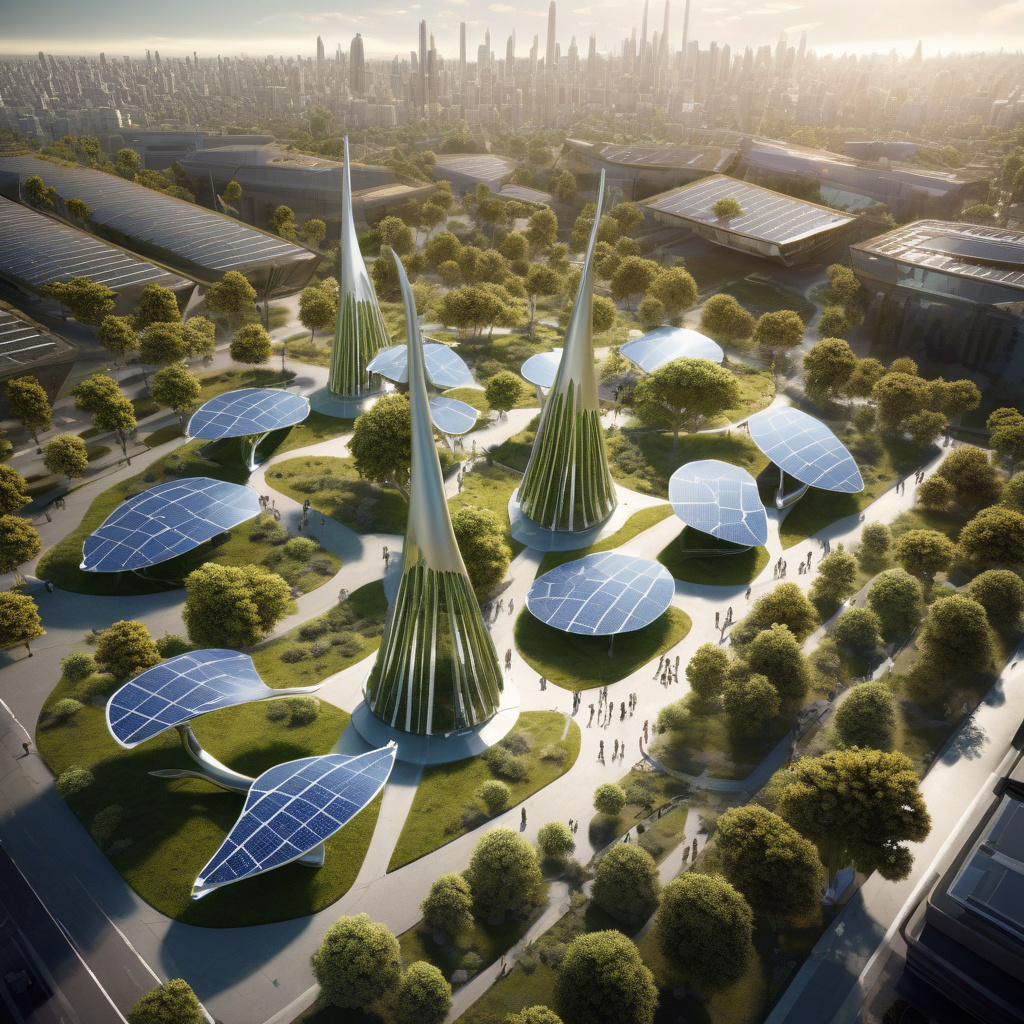Solar trees offer new ‘branch’ of electricity to power cities, save 99% of forests
A recent study indicates that vertically designed “solar trees” can generate electricity on par with traditional flat solar panels while taking up just a fraction of the space. These innovative structures mimic the shape of a tree, with branches lined with solar panels that can harness sunlight from multiple angles throughout the day.
The concept of solar trees presents a groundbreaking solution to two pressing global issues: the need for sustainable energy sources to power our cities and the urgent call to preserve our dwindling forests. By utilizing vertical space more efficiently, solar trees have the potential to revolutionize the renewable energy sector and significantly reduce our carbon footprint.
One of the key advantages of solar trees is their ability to generate electricity in urban areas where horizontal space is limited. Traditional solar panels require vast expanses of land to achieve optimal efficiency, making them impractical for densely populated cities. In contrast, solar trees can be installed in parks, parking lots, and other open spaces without competing for valuable land resources.
Moreover, solar trees offer a more aesthetically pleasing alternative to traditional solar panels. With their tree-like structures and leaf-shaped solar panels, they blend harmoniously into urban landscapes, providing both practical benefits and visual appeal. This design innovation not only enhances the overall look of a city but also promotes the integration of renewable energy into everyday surroundings.
In addition to their efficiency and aesthetics, solar trees play a crucial role in environmental conservation. By generating clean energy from sunlight, they help reduce our dependence on fossil fuels and mitigate the harmful effects of climate change. Furthermore, the widespread adoption of solar trees could potentially save up to 99% of forests that would otherwise be cleared for conventional power plants.
The environmental impact of solar trees extends beyond carbon emissions reduction. By preserving forests, these structures help protect biodiversity, prevent soil erosion, and maintain the natural habitat of countless plant and animal species. In essence, solar trees offer a holistic solution that addresses both our energy needs and our responsibility to safeguard the planet’s ecosystems.
As the demand for renewable energy continues to grow, innovations like solar trees pave the way for a more sustainable future. By harnessing the power of sunlight in a space-efficient and eco-friendly manner, we can create a greener world for generations to come. It is imperative that governments, businesses, and communities alike recognize the potential of solar trees and invest in their widespread implementation.
In conclusion, solar trees represent a promising ‘branch’ of electricity that not only powers our cities more efficiently but also helps preserve our invaluable forests. By embracing this innovative technology, we can take a significant step towards a cleaner, brighter tomorrow.
solar trees, renewable energy, sustainability, environmental conservation, urban innovation












